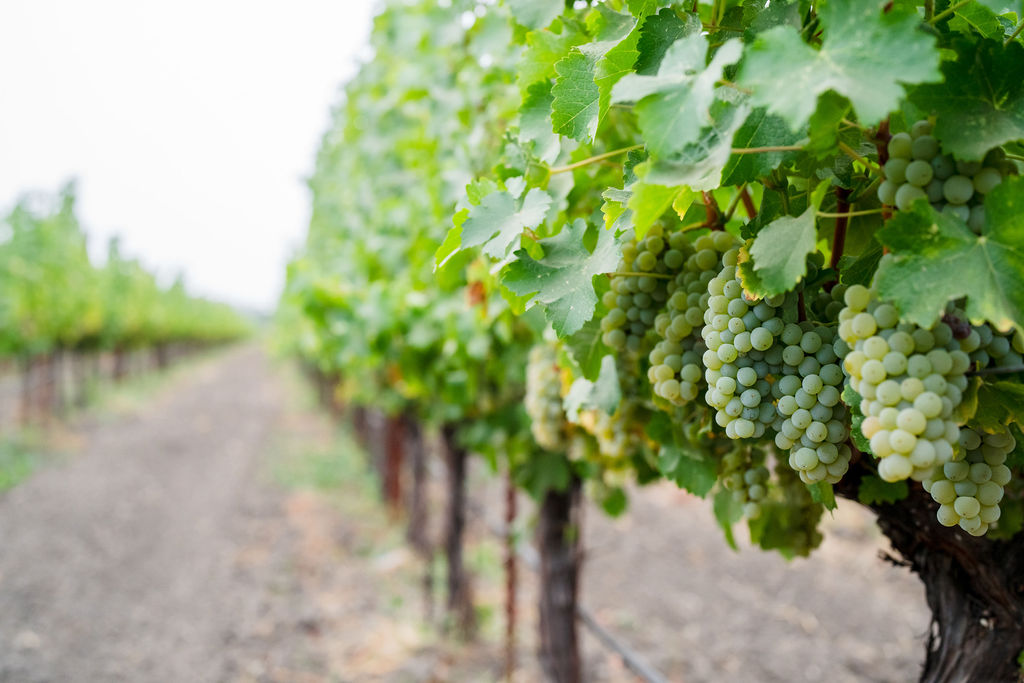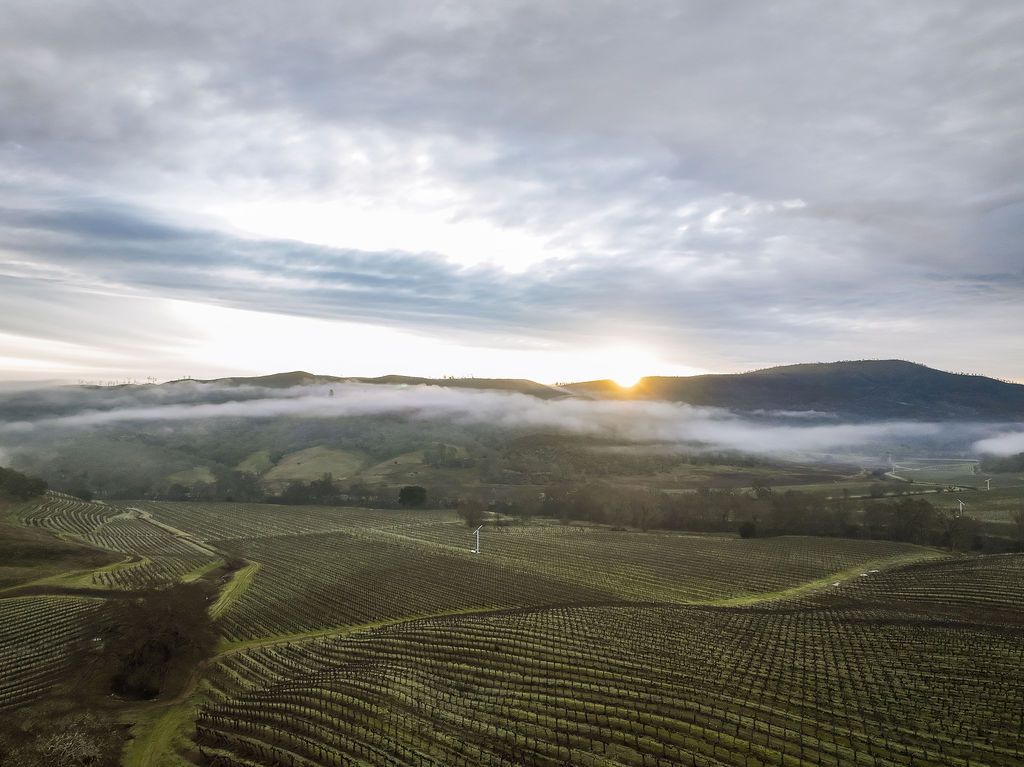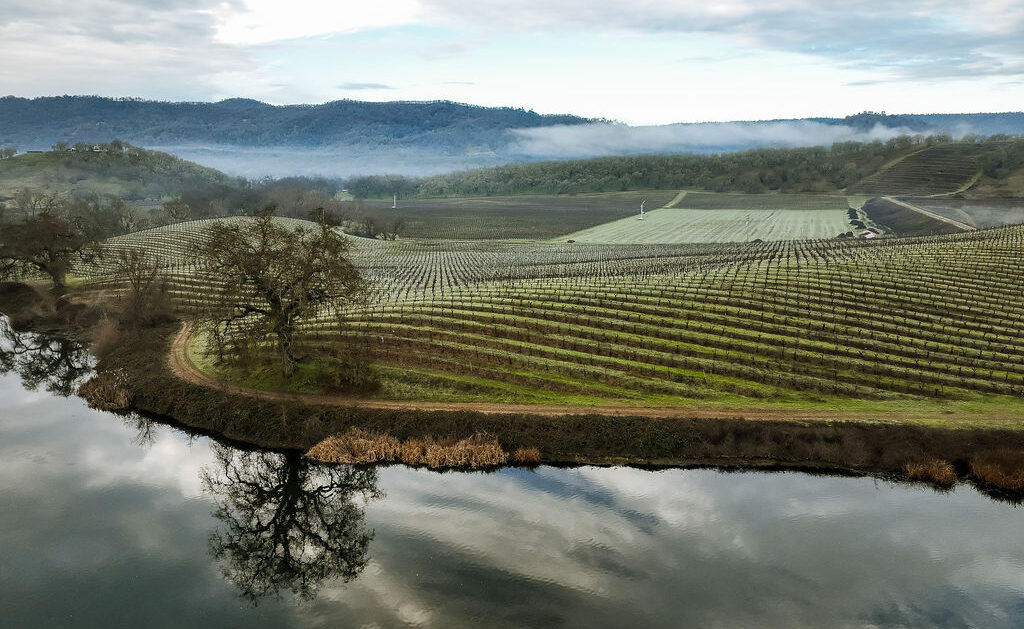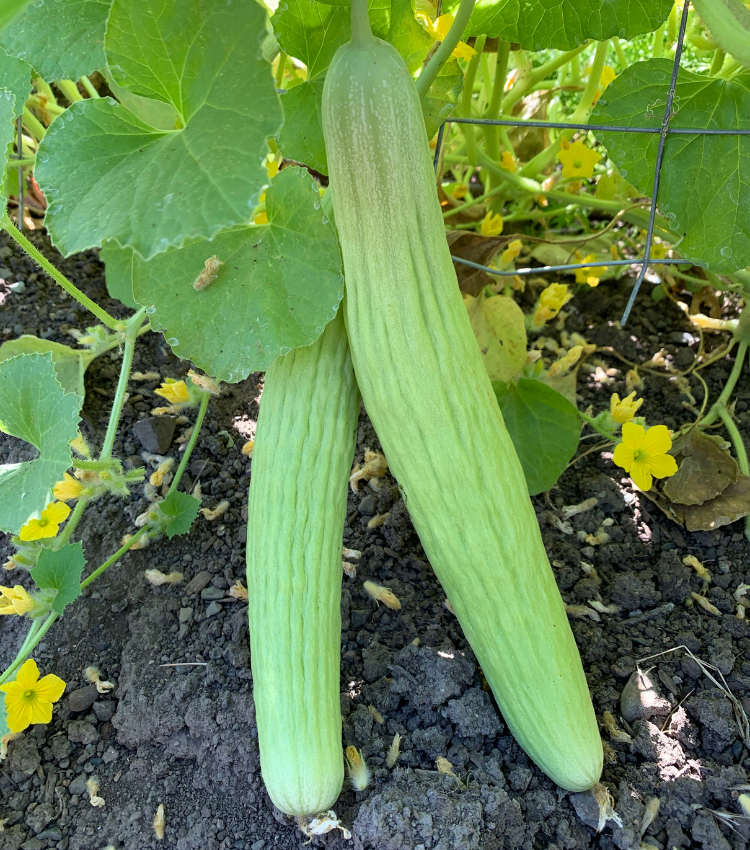We selected these heirloom varieties for our seed packets:
Striped Armenian: It is slightly fuzzy, long, slender, and striped. Excellent flavor.
Lemon: A small and round cucumber that is pale yellow, very sweet, and crisp in texture. Great fresh or pickled.
Salt & Pepper: A small to medium white cucumber with great flavor grown for pickling, but can be eaten fresh.
Olympian: A beautiful, dark green cucumber with sweet flavor, crisp texture, and very high yields.
These varieties and more can be found at Johnny’s Seeds. If you planted them, please let us know via email or posting to your social media account using #mywinemygarden and #stsupery hashtags.








